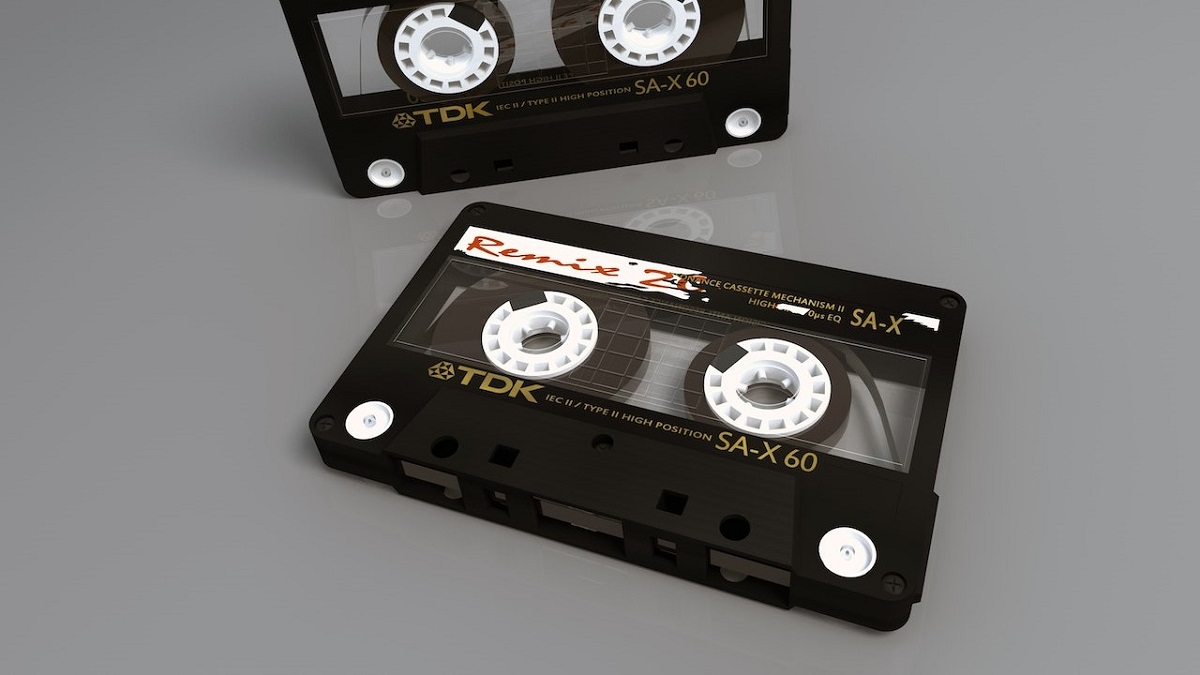An authentic mixtape is surely a blast from the past.
Although mixtapes are relatively not that old, many young people nowadays can’t recognize a cassette tape if they see one!
Today, I’ve taken it upon myself to change that.
This article answers the question “what is a mixtape” by taking a deep dive into the history, evolution, and characteristics of the mixtape.
What Is a Mixtape?
A mixtape is a bunch of songs compiled together on one medium.
The songs can have different sources and different lengths, but they’re usually made to be unique, showcase the artist’s skills, and serve as an exposure gimmick.
Physical mixtapes were previously recorded onto cassette tapes or CDs and handed out to friends and associates, but nowadays a mixtape can be a digital playlist that people can share remotely.
Mixtapes Explained
As I mentioned above, the term “mixtape” (can also be written as mix tape or mix-tape) refers to a compilation of songs that are grouped together into one medium.
These songs can come from multiple sources and various music artists. They can also be of different genres, which makes sense why the word “mix” is used.
As for the other half of the term, the word “tape” refers to the original medium onto which the songs were recorded.
This was typically a cassette tape or sometimes a reel-to-reel tape.
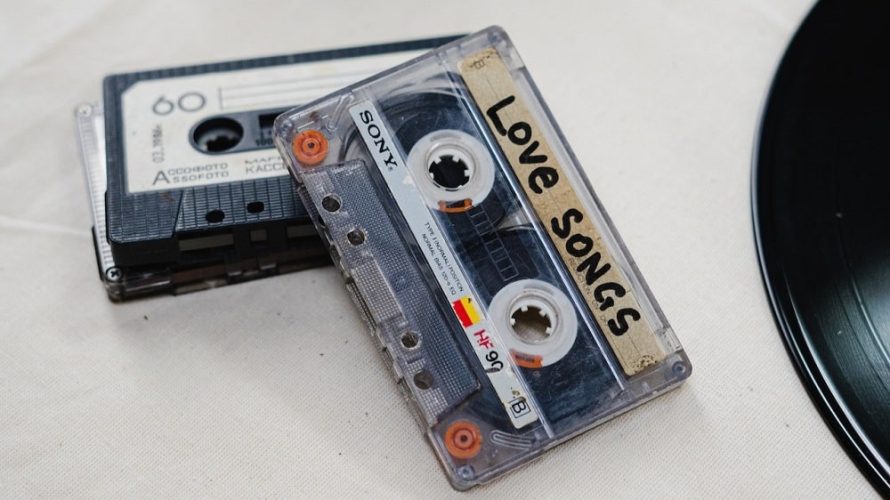
Also known as a mixed tape, the songs included in a mixtape were edited in one of the two following forms:
- Separate songs with a clear beginning and ending for each one, arranged randomly or in a particular sequence to convey a certain feel or message.
- A continuous flow of songs where the ending of one song merges into the beginning of the next song by matching the beats or fading from one song to the next. Either way, the listener gets a smooth transition between songs.
The term “mixtape” can be a giveaway to the period when they first appeared and were popular.
The 1980s marked the origins of mixtapes as well as the years during which the popularity of these song compilations skyrocketed.
Back in the day, DJs, rappers, and singers who couldn’t get their music on the radio usually only got the chance to share their creations in live performances.
This meant that for all the fans who weren’t able to attend the live event, the artists’ music was out of reach.
To overcome this problem, a physical form of the songs performed had to exist.
A form that could capture the artists’ unique visions and style while also being affordable to make. Enter the mixtape.

A tool that allowed DJs to record their mashups and distribute them, allowed rappers to “spit the lyrics” over an already produced beat, and allowed all sorts of artists to “document” and share their music with the people.
At first, mixtapes weren’t regarded as a tool to bring in profit, but rather to connect one’s music and art with the fans.
If the mixtape happens to get the artists famous by coming across a professional in the business, then so be it.
However, this changed within a short span of time.
Mixtapes were still for the fans, but it became clear that a good mixtape could be the reason an artist “makes it” in the music industry.
This is why mixtapes were soon enough described as a self-produced album that was low-cost yet provided a decent level of publicity.
Within a couple of years from their appearance, artists also started to make money off of their mixtapes by selling them to the fans, with some rappers, singers, and DJs bringing in quite a hefty profit.
The heavy association of mixtapes with rap, R&B, and hip-hop culture is due to all the factors.
The ease of making them, their affordability, the publicity they can provide, and the fact that they could help prevent copyright infringement issues (this didn’t last long though!) all contributed to that association.

History and Evolution of the Mixtape
Now that you have a better insight into what a mixtape is, I think it’s time we talk in more detail about the history and evolution of the mixtape.
As I mentioned earlier, the concept of a mixtape was started and popularized in the 1980s.
During this decade, two types of a mixtape emerged as follows:
- Private mixtape — regular people made mixtapes on which they compiled some songs as a gift for a romantic interest, a friend, or for personal use. The type of songs included would depend on the purpose of the private mixtape.
- Public mixtape — music artists who wanted to share their talent with others. It was generally a cheaper way for artists to reach the public and showcase their skills.
Popularity of Mixtapes
Mixtapes were mainly associated with DJs, rappers, hip hop artists, and R&B singers.
In the 1970s, names like DJ Hollywood, Grandmaster Flash, and Kool Herc were making customized mixtape-like recordings to sell to fans or serve as a backup whenever turntables were unavailable.
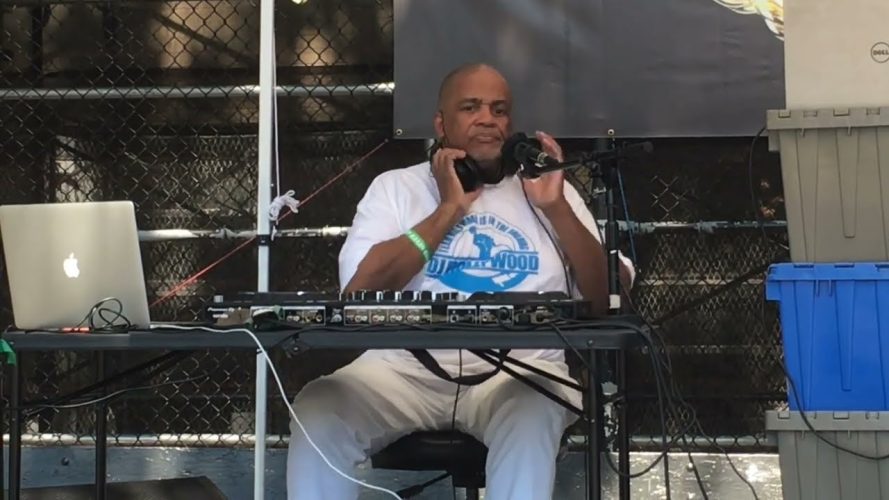
Throughout the 1970s and the 1980s, artists would show off their skills via mixtapes.
DJs could showcase their technical skills in creating tempos, matching beats, and choosing tracks.
Rappers could highlight their lyrical mastery without worrying about producing a beat of their own.
As for singers, they could reveal their vocals and their ranges with more freedom and consistency than ever.
Artists could then sell their music, market it to clubs, and offer them as demos to record labels.
In all the previous scenarios, affordability was a major contributing factor to the popularity of mixtapes in the 1980s.
That and the fact that they were super easy to copy and distribute.
It’s pretty obvious now how and why mixtapes got to be such an integral part of youth culture back then.
Mixtape Drama
However, the remarkable convenience of mixtapes also had its downsides.
They were ripe material for pirated music and helped people evade copyright infringement.

Among the public, these problems weren’t really a concern as they only meant they could save money – which was a good thing.
But for artists who got “robbed” of their work and other professionals in the music industry who invested in such content, mixtapes were becoming a huge issue.
Reformation of Mixtapes
Mixtapes had to undergo a change to stay in the game.
This is when a significant development in the concept of the mixtape took place, particularly by the end of the 1980s and the beginning of the 1990s.
During this period, technology in the music industry was also witnessing breakthroughs, which made the reformation process a lot simpler.
For example, mixtapes made by DJs evolved into mashup pieces of songs cut up and adjusted to create something both new yet familiar.
This idea of “remixing” became a hit in no time and stuck around until today as music and song remixes.
The association of mixtapes with compilations of songs was also solidified as bands and solo artists began to exclusively use the term “mixtape” to refer to their demo tapes.
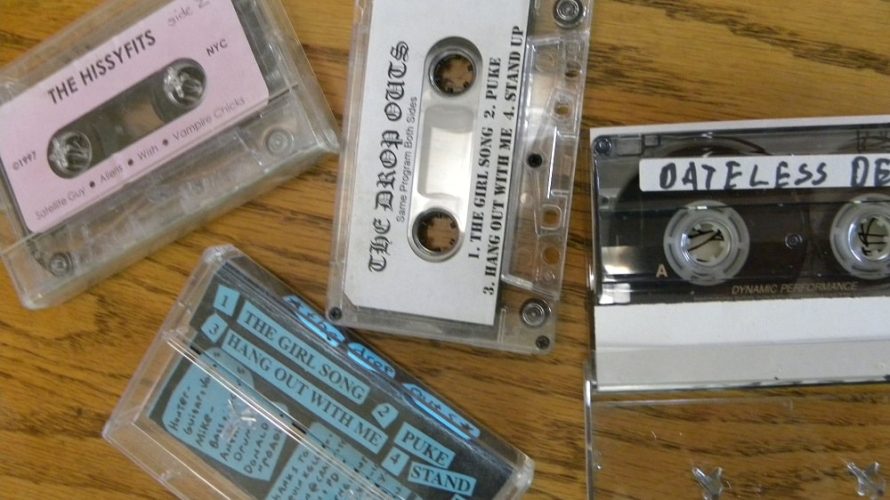
Record labels and music studios saw the opportunity of creating a new form of music that combined the strategy of recycling song compilations with the recently popular remix direction taken up by DJs.
This led to the occurrence of the dance music genre.
Taking the “Tape” Out of the Mixtape
Up until about halfway through the 1990s, mixtapes were so popular that pretty much every house had at least one encounter with them.
This popularity was boosted even more thanks to the spread of inventions such as the Boombox and the Walkman.
This availability and affordability of these machines allowed a huge chunk of the youth community to own a personal music system that could both play and record tapes.
Mixtapes were practically everywhere — in schools, on the streets, in homes, at parties, in movies, you name it!
However, the immense popularity of mixtapes couldn’t stand to keep the “tape” in “mixtape”.
Technology soon caught up with this phenomenon and managed to remove cassette tapes from the picture.

First, it was CDs and CD players that were a lot better in terms of storage space and sound quality, all thanks to the new MP3 format of audio files.
Not to mention, CDs allowed for the transfer of music via computers, which meant you could have all the music you wanted for little to no money in just a couple of mouse clicks.
Then, MP3 players were introduced and the world was taken by storm.
These music-playing devices were so small that you could fit them in your pocket and take them wherever you went.
This was during the second half of the 1990s, which also marked the introduction of the world to a little something known as “the internet”.
That’s right, mixtapes couldn’t catch a break!
Of course, the internet completely changed people’s lives and the way everyone communicated on a global scale.
Songs were to become a digital form that you can share virtually in mere minutes or seconds.
Mixtapes in their original sense were no more. Their physical shape became obsolete, but their concept didn’t die out altogether.
Nowadays, song compilations are still a thing – they’re just on the internet and on our smart devices.
Artists still make demos and DJs still pump out remixes – it’s just that all this music is now in the digital and virtual world.
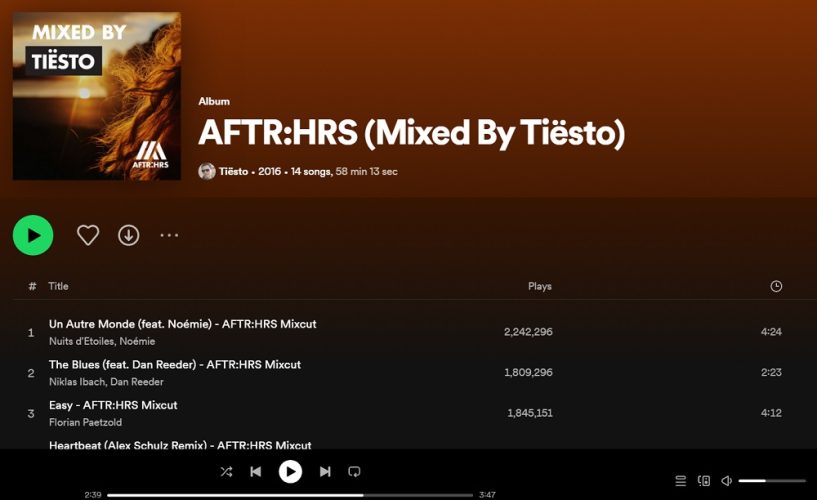
Why Do Artists Still Make Mixtapes?
While the format of mixtapes became all-digital, artists still make them and you may be wondering about the reasons.
Releasing a mixtape offer artists many advantages that I’ve managed to summarize in the following points:
- They can attract attention — mixtapes are meant to offer something different than a single or an album would. They can be a sneak peek into an upcoming project, a different approach to your music, or a new genre you’re experimenting with that you want to share with your fans. As such, when an artist drops, it automatically grabs the attention of fans to it. Fresh sounds are always appreciated, especially at parties.
- They’re less demanding — mixtapes aren’t supposed to be a refined musical product. They’re meant to be taken at your own pace and follow your own rules. They don’t have to include all the complex recording, editing, mastering, and that jazz that goes into creating a commercial song or album. With a mixtape, you can perform under far less stress without the hassle of labels, studios, investors, deadlines, and so on. You can try new approaches, take a break, or even go on a working binge if that’s what you feel will help you realize your music.
- They show the artist’s personality — mixtapes are one of the best ways to reveal some of the real you to the fans. Since you make the music on your mixtape according to your own rules and vision, they’re a great outlet to let your personality shine through outside of label restrictions. This also contributes to the “interest” factor of the mixtape. Just think about your favorite artists releasing something “unofficial” and “special”, it’d be exciting because you get to hear what they come up with on their own time.
- They provide more room for creativity — mixtapes are a terrific opportunity for an artist to get as creative as they want. You get to collaborate with other artists, incorporate new musical elements, try new technologies, and be as ambitious with your sound as you want. The low stress associated with making mixtapes, along with the added freedom of working according to your own rules and on your own time, encourages the creative power of artists. This can also provide positive effects on their official work as they feel more inspired and refreshed.
- They can turn into something bigger — while mixtapes are supposed to be something “extra”, “on the side”, or “unofficial”, you never know if they could become something more! That’s right, a mixtape could turn out so good or get so popular that it has to be turned into an official song or album. It can also be a chance to promote a certain musical idea or new approach you’re thinking of using down the road.
How Long Should a Mixtape Be?

The thing about mixtapes is that the freedom they provide is quite massive. It extends to the point that there are no set standards for the length of a mixtape.
As such, a mixtape can be as long as the artist wants and deems enough to fully convey the message and vision of the project.
That said, mixtapes are commonly referred to as short when they consist of less than 14 or 15 tracks. A long mixtape usually means that it includes more than 25 tracks.
Shorter mixtapes are a lot more common compared to longer mixtapes.
This is because short mixtapes are more affordable to make and take much less time to release.
Short mixtapes are also very effective as teasers and sneak-peeks into your future projects, which can up-sell your bigger works.
Not to mention, shorter mixtapes are easier to tweak and build on later on.
If you want to make a long mixtape, don’t let me stop you. They’re a fantastic way to show how diverse the scope of your skills can be.
Are Mixtapes Illegal?
The only way a mixtape can be illegal is if you use it to make a profit while containing copyrighted music and creative materials.
But if you’re using originals on your mixtape or if you’re using other people’s copyrighted content for fun without making money off it, then there should be no legal issues.
Can You Make Money off a Mixtape?
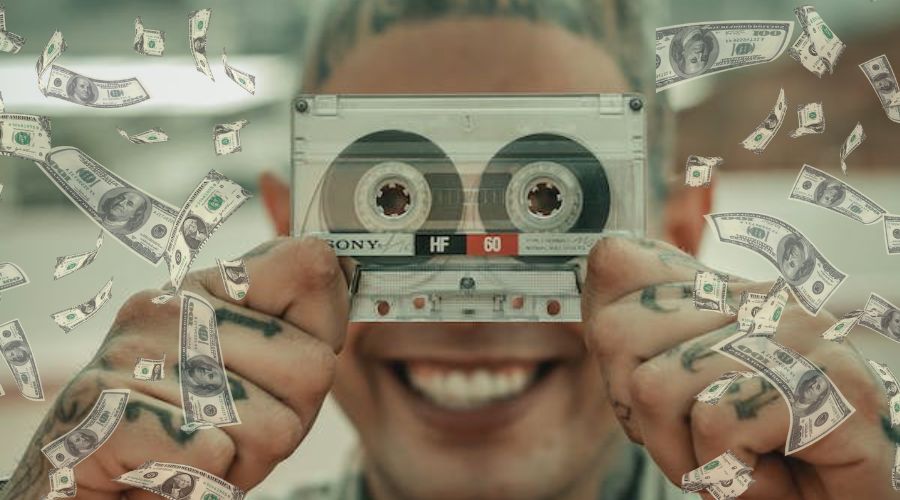
Yes, you can definitely make money off of your mixtape by selling them to fans.
The more famous you are and the better your music is, the higher the chances people would purchase your work.
Remember, if you sell copyrighted music, you’ll be subject to legal consequences. So make sure that the creative property you’re selling is your own.
How Can You Make a Mixtape?
From an artistic point of view, no one can tell you how to make a mixtape.
The creativity behind a mixtape is unique to every artist, and it wouldn’t be what it is if someone were to describe a particular process to make it happen.
That said, if you’re thinking about making a mixtape to learn or have fun with it, don’t just dump a bunch of songs into a playlist and call it a mixtape.
There should be selection criteria to decide what songs make it on there such as theme, genre, beat, and so on.
Also, make sure that the songs you choose are appropriate for the event or occasion you’re using it for.
What’s the Difference Between a Mixtape and an Album?
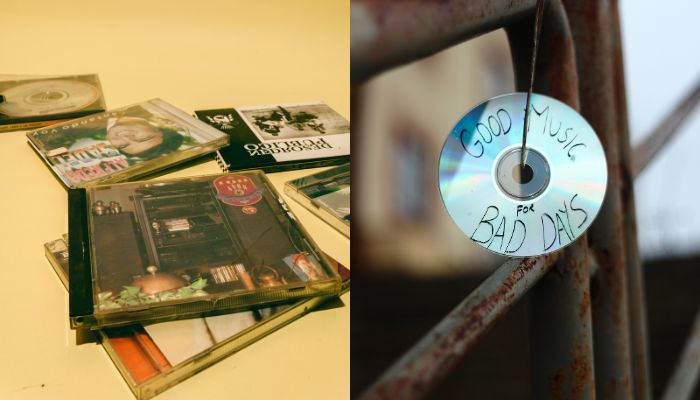
Compared to a mixtape, an album is a bigger, more refined, and completed project.
An album is more market-oriented, costs a lot more to make, and is meant to boost your status in the industry.
